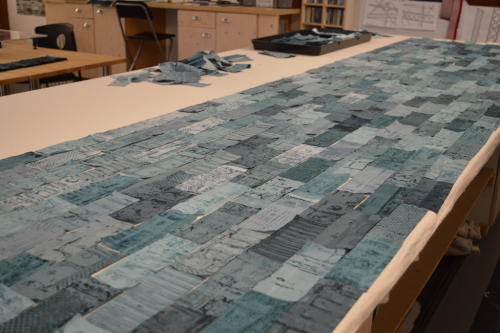I've been a little quiet on social media for the last couple of weeks as I am building myself a new website. A photo of me banging my head against a monitor doesn't make for a good Instagram moment! I have been thinking about upgrading my website for a while - it is a basic Wordpress site that has served me well but I feel like I have out grown it. And seeing as I am resting between jobs (aka unemployed) it seemed like a good time.
I want a site that looks more contemporary, that allows me to display my work in lots of ways, that allows me to sell my work online, that can house a blog and that can 'grow' with me. Oh and I also want it to be a lot easier to use than Wordpress. My research fell into two categories - finding the best set up (site host, e-commerce provider etc) and looking at lots of sites to help me decide how I want mine to look. The first part was easy. I picked Squarespace as it is a one stop shop that is cheaper than other options. It is very easy to use and I can upgrade my basic plan if I need more functionality in the future. The Help section is really good and, if I get stuck, my daughter and her partner having been using it for years for their shop Good Press.
The second part - looking at other people's sites - was very enjoyable as I've seen some great art but it was also a bit surprising. Very, very few of the textile artists have a shop function or even list prices. And yet many of them will list a price when they exhibit work in galleries or at shows and I'm sure are as thrilled as I have been when somebody buys their work. So I wondered why not? Maybe it feels like setting up a shop is too much effort given that the number of sales is always, unfortunately, going to be small? (Which maybe it was before sites like Squarespace made it quite straightforward). Or are we worried that the audience will see us as less serious about our art if we put a price on it? Do we worry that it will be seen as craft rather than art? Are we concerned that viewers will scoff when they see the price of the work?
I hope not. I am deadly serious about my art. It is a passion. An obsession. I am going to continue to make art even if I never sell another piece. But let's get real. Making art costs money - if you add up everything you have spent this year on materials, on submission fees, on postage, on running costs for the space you work in, on your website, etc, etc, how much does it come too? And then there is time. I approach my art with the same professional attitude I use in my day job - my time has value and I want to be rewarded for the investment I make in my art. Being curated into shows is fantastic, thrilling and a big motivator. But somebody liking my work enough to spend money on it - now that is in a different league so why wouldn't I make it as easy as possible to buy?

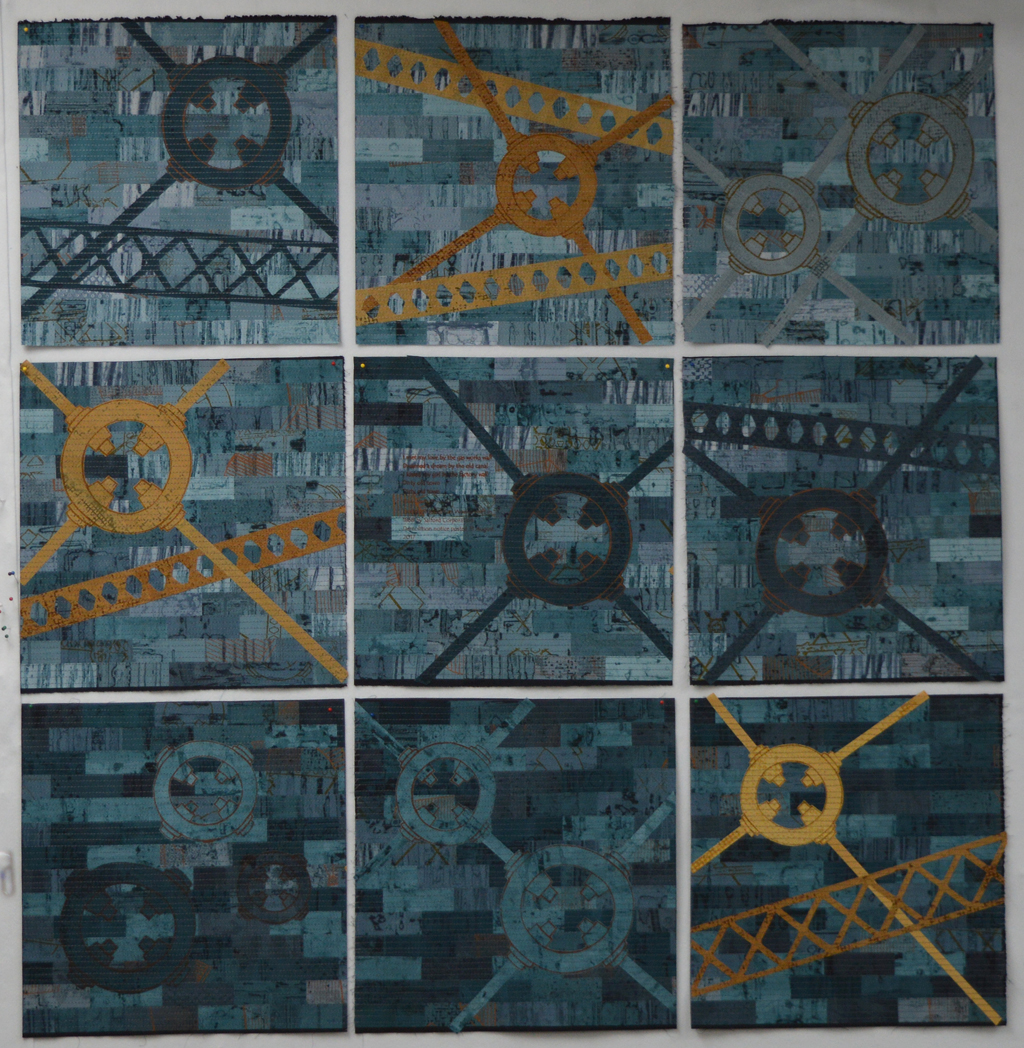 Those of you that follow my blog regularly will know that I made a very definite decision several years ago to always work in series. Doing so has helped me to develop as an artist - I spend a lot of time up front working on colour and on creating a palette of cloth but once I have that palette I am free to develop my ideas as I move from one piece to the next. And for my large pieces I do tend to get one to the finishing stages before starting work on the next. Many of my pieces are three metres wide or more. I am blessed with big print benches and a big design wall but it is not really practical to try to compose two large pieces at the same time.
Those of you that follow my blog regularly will know that I made a very definite decision several years ago to always work in series. Doing so has helped me to develop as an artist - I spend a lot of time up front working on colour and on creating a palette of cloth but once I have that palette I am free to develop my ideas as I move from one piece to the next. And for my large pieces I do tend to get one to the finishing stages before starting work on the next. Many of my pieces are three metres wide or more. I am blessed with big print benches and a big design wall but it is not really practical to try to compose two large pieces at the same time.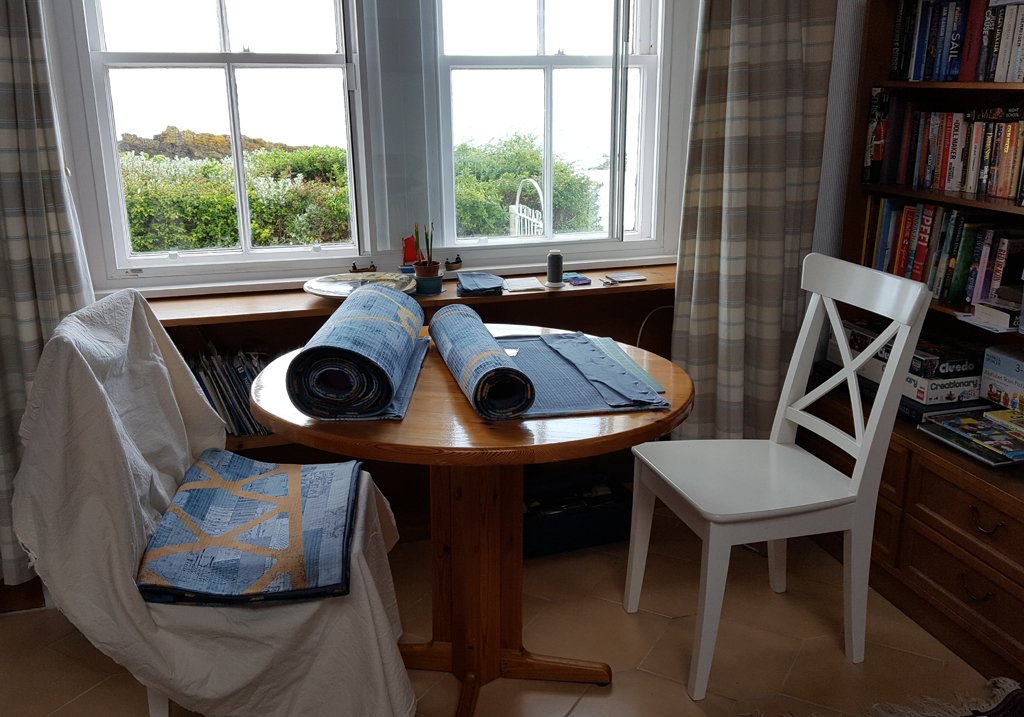 It's a wet morning here in Dunure so time to stitch sleeves onto quilts, time to drink coffee and read the newspaper, and time to think. To think about the work I need to create for my exhibitions next year. And time to think about how I work.
It's a wet morning here in Dunure so time to stitch sleeves onto quilts, time to drink coffee and read the newspaper, and time to think. To think about the work I need to create for my exhibitions next year. And time to think about how I work. Building work is so much easier when you invest early on. Encourage one child (or preferably two as it is always good to have a back up) to take things apart and occasionally put them back together again from an early age. Nuture a love of 'making' - Airfix kits, quilts, simple electronic kits, glitter covered gluey messes, Warhammer soldiers, tin foil covered shields and swords, anything they want. Support said child when they want to make a living by working with their hands. Provide interest-free loans with the Bank of Mum and Dad to buy all sorts of serious looking wood working and picture framing tools. Then sit back and enjoy decades of payback.
Building work is so much easier when you invest early on. Encourage one child (or preferably two as it is always good to have a back up) to take things apart and occasionally put them back together again from an early age. Nuture a love of 'making' - Airfix kits, quilts, simple electronic kits, glitter covered gluey messes, Warhammer soldiers, tin foil covered shields and swords, anything they want. Support said child when they want to make a living by working with their hands. Provide interest-free loans with the Bank of Mum and Dad to buy all sorts of serious looking wood working and picture framing tools. Then sit back and enjoy decades of payback.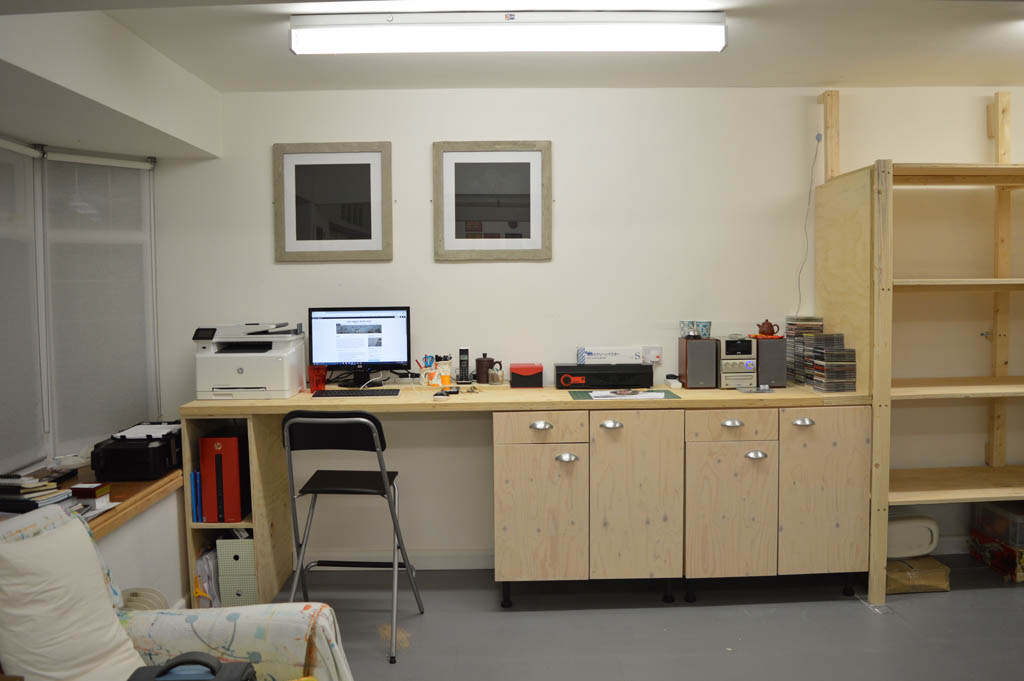
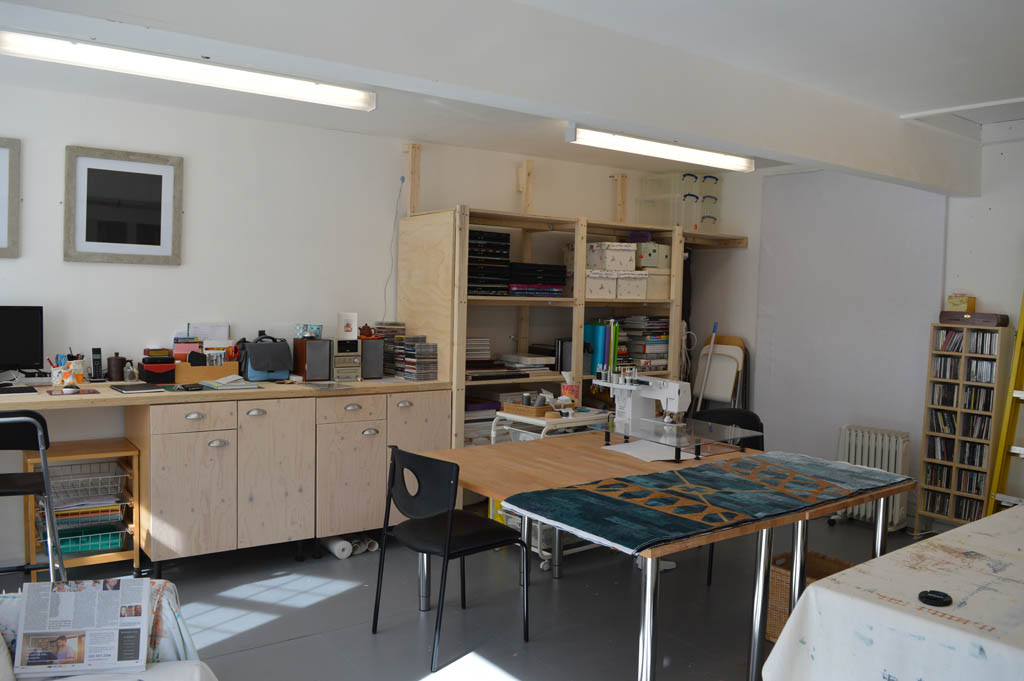
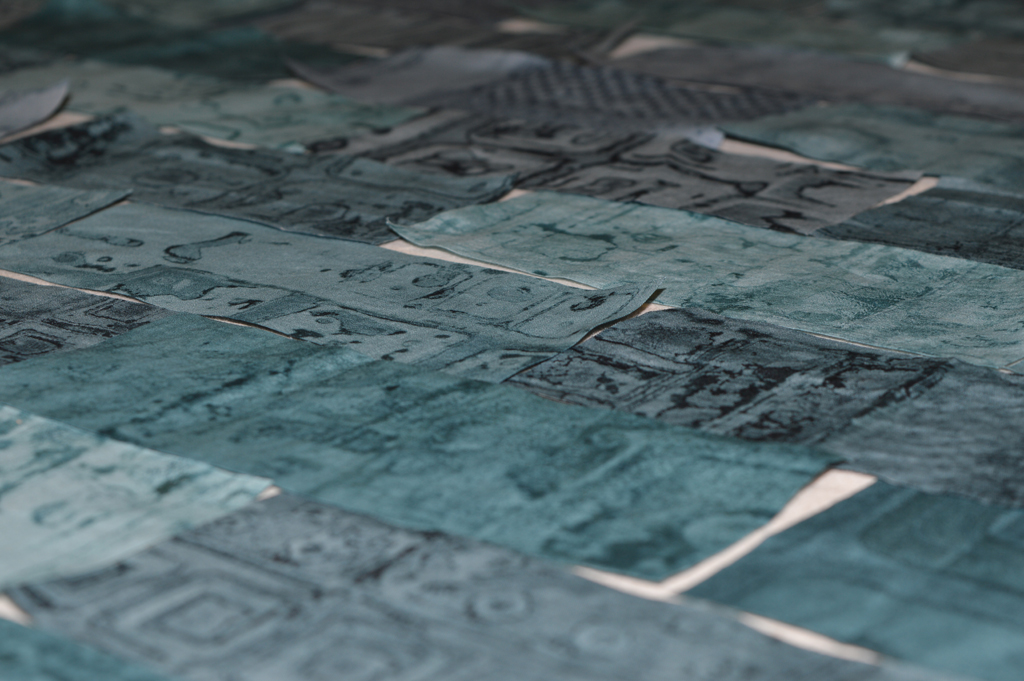 Wall building is getting a LOT of bad press right now but not all walls are a pathetic attempt to pander to a small misguided minority. (OK - political rant over). My walls are going to be things of beauty that invite people in for a closer look and, hopefully, make them smile!
Wall building is getting a LOT of bad press right now but not all walls are a pathetic attempt to pander to a small misguided minority. (OK - political rant over). My walls are going to be things of beauty that invite people in for a closer look and, hopefully, make them smile!